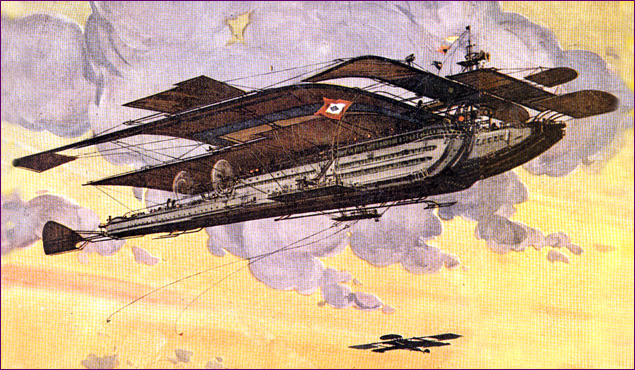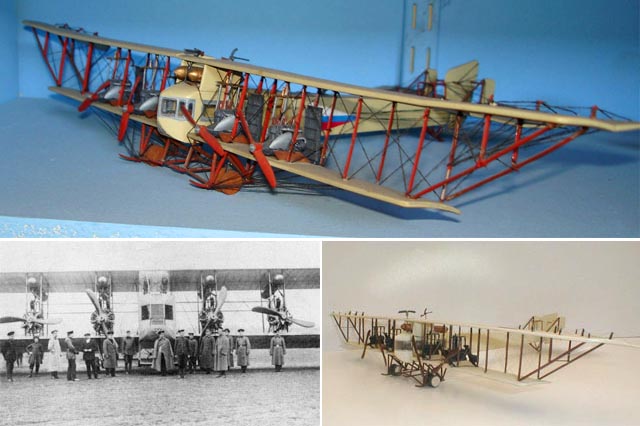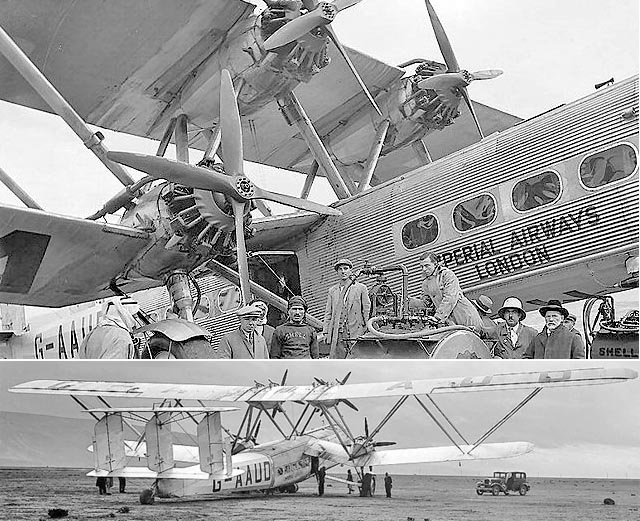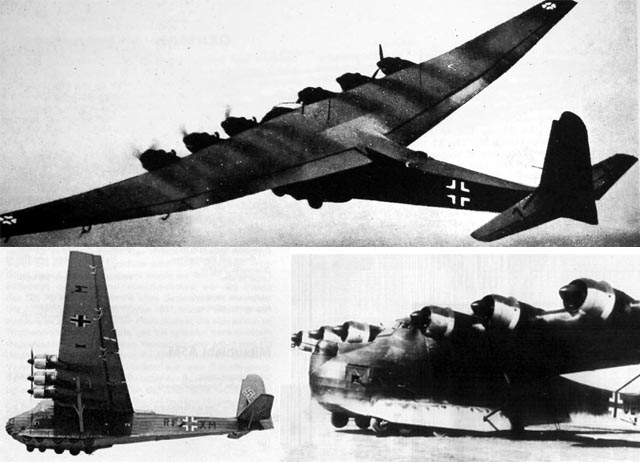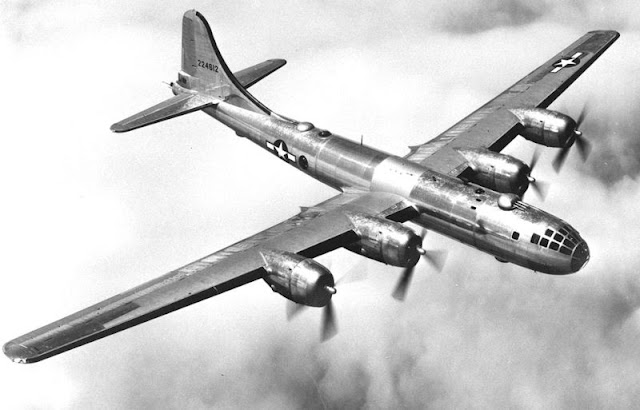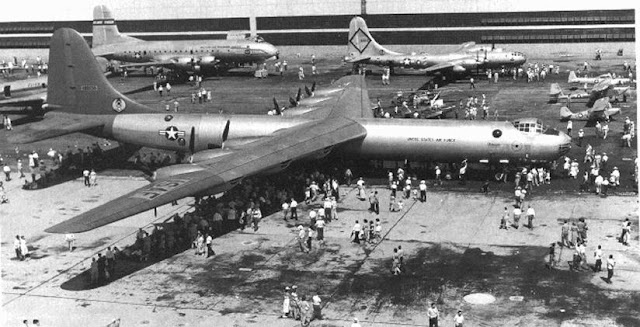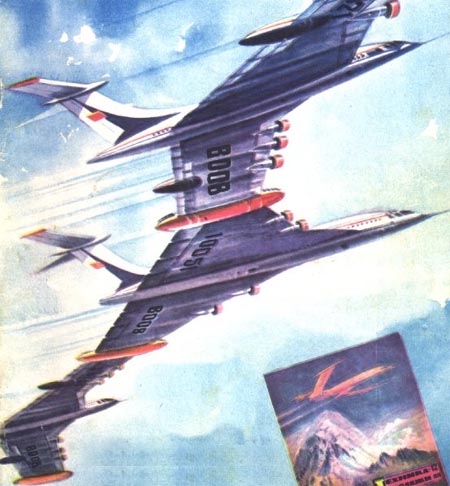자주포
자주포(自走砲)는 자력으로 주행(이동)이 가능한 야포(field artillery)를 이른다.
여기서 자력주행이라는 것은 당연하지만
인공지능으로 자율적으로 움직인다는 말이 아니라,
엔진이 달려서 주행할 수 있다는 의미이다.
어느 언어권의 자주포 어휘를 보더라도 스스로 움직인다는 것을 강조하고 있다
. 탑재 화포의 종류에 따라
야전 포병의 곡사포/평사포/박격포 탑재형과
방공포병의 대공포탑재형,
기갑의 대전차포 탑재형 등으로 구분되며,
기동방식에 따라 궤도형과 차륜형으로 구분된다.
통상 국어의 자주포란 Self-propelled Artillery를 의미하여
야전포병의 곡사포/평사포 탑재형으로 이해된다.
북한에서는 중국어의 영향으로 인해 자행포(自行砲)라고 부른다.
미국식 영어와 영국식 영어는 2차대전기에도 차이가 많이 났으며,
2차대전 미국식 영어로는 자주곡사포 HMC(Howitzer Motor Carriage),
자주평사포 GMC(Gun Motor Carriage),
대공자주승공포 MGMC(Multiple Gun Motor Carriage),
대공자주혼성포 CGMC(Combination Gun Motor Carriage)등으로 불렀다.
자주포와 대비되는 화포체계로 다른 기동수단에 의존해 기동하는 견인포와
포병이 포를 쏘기 위해서는 방렬을 해야 하는데, 이 과정에 시간이 많이 걸린다는 문제가 있었다. 그러다 차가 나오고 나서는 차에 포를 장착하자는 발상을 한 것이 자주포의 시초이다. 차에 포를 얹음으로서 기동성이 증가한데다, 차의 무게 자체가 포를 고정시키는데 도움이 돼 방렬에 필요한 시간까지 줄어들었다. 의외로 일찍부터 등장했는데, 정찰용 기구 등을 노린 자주대공포는 제1차 세계대전 이전에 등장했으며 지상포격도 종종 했다. 생긴 것은 트럭에 경포를 얹은 수준.
제1차 세계 대전 시기 영국군은 Mk. 시리즈 Tank를 개조한 '세계 최초의 자주포'인 Gun Carrier MK. I을 전선에 투입했고 프랑스군의 초기형 전차 생샤몽은 자주포로 분류되는 경우도 있다. 조금 다른 방향성으로, 적 참호선 돌파를 시도하는 보병의 진격을 근거리서 지원하는 보병포를 기동성 향상을 위해 차량에 얹은 돌격포를 자주포의 시초로 보기도 한다. 다만 미군은 차량에 대포를 얹었다가 차가 퍼져버리면 대포를 못쓰게 될까봐 자주포에 관심을 보이지 않았다. 1차 대전 종전 후 영국군 대장 '노엘 버치'가 빅커스 Medium Mk.II의 차체를 개조해서 회전형 포탑을 장착한 세계 최초의 실용 자주포인 Birch gun을 만들었지만 그 당시에는 주목을 받질 않아서 영국에선 자주포에 대한 개발을 중단했고 이후 북아프리카 전역에서 자주화된 화포의 필요성을 확실하게 깨닫고 나서 부랴부랴 개발에 나서게 된다.
제2차 세계 대전 시기에는 독일군부터 시작해서 주로 전차의 차체를 이용한 자주포를 많이 운용했다. 2호 전차의 차체를 이용한 마르더 시리즈가 대표격이다. 미군은 M3 리 전차의 차체에 105mm 견인곡사포를 달아놓은 M7 프리스트로 첫 자주포를 생산했다. 영국군은 발렌타인 전차의 차체에 25파운더 곡사포를 이용한 비숍 등을 등장시켰으나 실용성이 너무 떨어져서 프리스트를 받다못해 캐나다에서 개발한 섹스턴 자주포를 썼다.
다만 소품종 대량 생산을 선호하던 소련군은 서방 연합군이나 독일군과는 설계 사상이 상당히 다른 자주포를 만들었다. 전차 차체를 이용한건 같지만 자주포들을 체급에 따른 주포 화력 차이만 두고 장거리 포격과 직사사격이 모두 가능한 만능형 자주포로 만들어서 만능형으로 굴린다. 심지어는 특성이 완전히 다른 SU-122와 SU-76M을 서로 혼합 배치하기도 했다. 이 자주포들은 장거리에서 간접조준경을 사용하여 포격을 하다가 필요하면 근거리에서 직사조준경을 사용하여 돌격포와 같은 역할을 했다. 다만 대전차전에 특화된 자주포인 SU-85와 SU-100은 직사조준경만 있었고 이로 인해 장거리 포격시 유효사거리는 소련군 자주포중 가장 짧은 4km밖에 되지 않았다.
2차 대전때 대포병 사격은 레이더로 적을 알아내는것이 아니라 탄이 날라온 방향과 탄흔지로 적을 알아내는 수준이라[1]. 자주포의 설계들도 대다수가 지붕이 없었으며, 자주포의 교리들도 기갑부대나 기계화 보병부대 뒤에서 같은 속도로 따라가면서 화력을 지원해주는것이 전부였다.
현대전에서는 도로의 정비가 잘 되어있고 시가지를 방어하기 위해 운용한다면 도로에 영향을 덜 주고 도로상의 기동성이 더 높은 차륜형이 더 유리하므로, 현대에는 차륜형 자주포도 만들어지는 실정이다.
자주포 종류
자주포는 자력주행이 가능한 화포체계의 통칭으로
야전포병의 곡사포/평사포탑재형, 보병의 박격포 탑재형,
방공포병의 대공포탑재형, 기갑의 대전차포탑재형등이 있으나,
단순히 자주포라고만 하면 야전포병의 자주곡사포/자주평사포로 이해된다.

자주곡사포


자주대공포,
Self-Propelled Anti-Aircraft Gun (SPAAG)
차량에 대공포를 실어서 자체 이동 능력을 부가한 대공포.
한마디로 대공화기에 스스로 움직일 수 있는 발을 달아놓은 것이다.
보통 단거리 야전방공을 담당하며
지상용 기관포가 마땅치 않은 경우에는 지상 화력지원용으로 쓰이기도 한다.

자력주행이 가능한 박격포로서 영어로는 Self-propelled Mortar(자주박격포) 또는 Mortar Carrier(박격포 운반차량)로 구분되나, 국내에선 자주박격포로 통칭된다. 박격포 운반차량은 박격포의 탈거사격이 가능한 차량, 자주박격포는 탈거사격이 불가능한 차량으로 구분하기도 하나 유동적이다.

120mm 박격포를 장착한 M113 장갑차의 자주박격포 모델인, M125.

2차대전에서 60cm 초대구경 박격포를 궤도차량에 장착했던 독일 Karl-Gerät 040 / 041가 원조이다.


러시아 ASU-57
1960년대에 소련에서 개발된 보병지원용 공수자주포이다.
서방매체나 게임 등에서는 편의상 구축전차, 자주돌격포라고도 나온다.
화력이 빈약한 공수부대를 지원하기 위해 수송기에서 공수되는 형태로
전장에 투입되며, 대전차전이 아닌, 보병지원 목적으로 쓴다.

M56 Scorpion
세계 자주포 보유순위
|
이스라엘
|
650문
|
|
사우디아라비아
|
705문
|
|
이란
|
777문
|
|
우크라이나
|
785문
|
|
터키
|
943문
|
|
이집트
|
1,165문
|
|
미국
|
1,498문
|
|
중국
|
2,220문
|
|
대한민국
|
3,040문
|
|
러시아
|
6,482문
|

이스라엘 자주포
|
개발
|
IMI / 솔탐
|
|
제작시기
|
1984년~1986년
|
|
전투 중량
|
45톤
|
|
승무원
|
4명
|
|
전장 : 13.5m / 차폭 : 3.72m/ 차고 : 3.49 m
|
|
|
사각
|
-5°~ +70°
|
|
연사속도
|
분당 9발(초탄 3발은15초)
|
|
사정거리
|
40 km (ERFB탄(사거리연장탄), BB탄(항력감소탄)
|
|
주무장
|
155 mm 52구경장 곡사포
|
|
동력
|
컨티넨틀 AVDS 9AR 1790 디젤 엔진 1,200마력
|
|
현가장치
|
홀스트만 방식 (1920~30년대에 영국의 전차 설계자 존 카든이 고안하고 엔지니어 시드니 홀스트만이 양산화한 코일스프링을 사용하는 궤도차량용 서스펜션
|
|
주행거리
|
500km
|
|
주행속도
|
60km
|
M109A6 팔라딘
|
개발사
|
유나이티드 디펜스
|
|
생산기간
|
1991년~1999년
|
|
중량 28.8 t / 전폭 3.14 m / 전고 3.62 m
|
|
|
속도
|
65km
|
|
엔진
|
디트로이트 8V71T 디젤엔진 440마력
|
|
작전거리
|
350 km
|
|
주무장
|
39구경장 155mm M284 곡사포(39발)
|
|
부무장
|
12.7mm M2 기관총(550발)
|
|
승무원
|
5명 (조종수, 사수, 사격반장)
|
|
연사속도
|
15초 3발 / 분당 6~8발
|
|
적제탄약
|
39발
|
|
미국은 1953년부터 T196이라는 이름으로 신형 자주포를 개발하여
1963년 M109라는 편제화기로 정식 채택하였다.
이 자주포는 4,000대 이상을 미군에 조달하였으며 그 외에도
유럽을 중심으로 20여개국 이상이 도입하여 현재도 주력 자주포로 운용 중이다.
한국의 K-55는 M109A2 형을 국산화한 것이다.
|
|





2S33 무스타-SM

1989년 소련군에 배치된 152mm 2S19 무스타-S 자주곡사포는
사정거리 29km로 등장 당시만 하더라도 서방 자주포에 결코 뒤처지지 않는 수준이었지만
1990년 NATO 조약에 따라 서방 155mm 곡사포의
사정거리가 40km까지 증가하면서 무스타 자주포의 사거리 증강이 요구되었다.
그 결과 부레베스트니크 중앙설계국[1]에서
무스타 자주포를 기반으로 한 2S33 무스타-SM(2S19M이라고도 한다)의
개발이 1990년부터 진행됐다.
2S33은 152mm 2A79 곡사포를 탑재하여
서방과 동등한 40km 거리까지 포격이 가능하면서
자동장전장치로 분당 10발에 가까운 발사속도를 보여줬지만,
1991년 소련 해체 이후 설계국들이 공중분해되면서
2S33 역시 개발이 중단되었다. 신생 러시아군 역시
90년대 러시아 경제가 파탄나면서 신형 자주포 도입은 꿈도 꿀 수 없었고,
비교적 신형이던 무스타 자주포는 물론,
70년대 구식 자주포를 퇴역시키지 못하고 2018년 현재까지도 쓰고 있다.

양산형 단일포신 장궤식 자주포 2S35 칼리챠-SV-O

2015년 5월 4일 공개된 초기 생산형의 모습

양산형
GRAU 코드명: 2С35 «Коалиция-СВ»
양산형 단일포신 장륜식 자주포 2S35-1 칼리챠-SV-Ksh

그리고 단일포신형인 '2S35 칼리챠-SV-O'의 포탑과 트럭 차체를 조합한 차륜형 자주포도 따로 개발되고 있는데, 프랑스의 CAESAR나 스웨덴의 아틸러리시스템 08, 그리고 체코의 ShKH vz.77 Dana와 유사한 양식을 취하는 이 차륜형 자주포에는 '2S35-1 칼리챠-SV-Ksh'라는 명칭이 붙었다. 러시아 스스로도 이미 A-222 자주해안포 시스템과 같이 트럭 차체를 사용한 차륜형 자주포를 만들어 본 경험이 있었고 지금도 만족스럽게 잘 쓰고 있기 때문에, 그러한 경험을 살리는 의미에서 이러한 차량을 개발하게 된 것 같다. 궤도형 자주포인 칼리챠-SV-O와 함께 일종의 하이로우 믹스 형태로 운용되는 것을 염두에 두고 개발된 것으로 보인다.
프로토타입 쌍열포신 장궤식 자주포 2S35 칼리챠-SV


무인포탑[2]을 비롯한 여러가지 특징을 갖고 있지만, 이 자주포에서 가장 돋보이는 특징이라면 동일 구경의 포신 2문을 탑재하고 있는 것이다. 상하2련(상하쌍대) 형식으로 배치된 이 특유의 쌍포 덕분에 게임이나 만화에서 방금 튀어나온 것 같이 생겼다는 평을 받고 있다. 이러한 유명세 덕분에 모스크바 에어쇼에 자주 등장하는 단골이다.
연속사격을 고려한 쌍포 설계 덕분에 무자비한 대두가 되었으며 공개된 설계상 스펙으로는 최대 분당 32발을 발사 가능하며, 여러 물리적 한계를 고려해보면 실질적으로는 분당 14~16발을 쏠 수 있을 것으로 추정되는데, 이는 설계상 속도의 경우 약 4초마다 한발씩 발사 가능한 것으로, 일반적인 자주포의 분당 화력과는 궤를 달리하는 것이다. 하향평가한 스펙 역시도 무시할 것이 못되는 것이, 현용 자주포 중 세계최고의 자주포라 불리는 PzH2000가 1분에 8발을 사격할 수 있다는 것을 고려해보면 저정도 연사력만으로도 충분히 세계에서 가장 빠른 연사력을 가진 자주포가 될 수 있다는 것이다. 단 이미 1960년대에 클립식 장전기를 써서 45초에 14발을 쏠 수 있는 스웨덴의 반드카논 1이 이미 존재하기는 했다.
연사력이 빠르다는 것은 당연히 같은 시간에 더 많은 화력을 투사할 수 있다는 것이고,
다시 말해서 화력 역시도 비약적으로 높아진다는 것과 다름없다.
다만 무지막지한 발사속도에 비해 차내에 직접 탑재되는 탄약의 양은
50발 정도에 불과하기 때문에 지속적인 화력 투사를 위해서는
K-10 탄약보급장갑차 같은 탄약운반차의 운용이 필수적으로 보인다.
실제로 이 자주포와 함께 신형 탄약 운반차량을 개발중인데
다른 자주포처럼 차체를 개량한 것이 아니라 따로
트럭을 개조해 엄청난 양의 탄환을 한꺼번에 운송하는 방식이다.
실제 쏘는 양이 어마어마한 모양ㆍ.
쌍열포를 채택한 이유는 아무래도 러시아의 기술력으로는
포 1문만으론 현재 개발중인 차세대 서방제 자주포에 비해
연속사격능력이 떨어져서라는 말도 있고,
단지 엄청난 화력을 집중시키려는
러시아군의 요구 때문이란 말도 있지만 아직 개발중이므로
위와 같은 성능을 내는 것도 장담할 수 없고, 알려진 바도 적다.[3]
출처 :https://namu.wiki/w/%EC%9E%90%EC%A3%BC%ED%8F%AC
'군사무기.비행기.전차.개인화기.항모.전투기...' 카테고리의 다른 글
| 지상최고의 트레일러 (0) | 2008.10.09 |
|---|---|
| 엽기 빤쑤 다리미질 (0) | 2008.10.09 |
| 수상비행기 (0) | 2008.10.09 |
| 멎진비행기 운무 (0) | 2008.10.09 |
| 우주왕복선 다양한모습 (0) | 2008.10.09 |



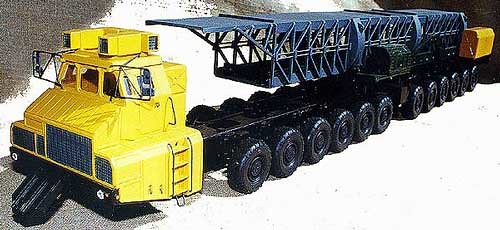
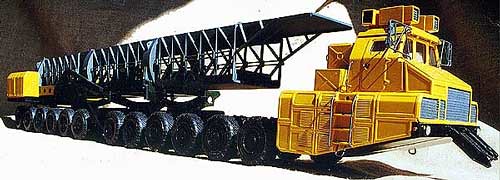
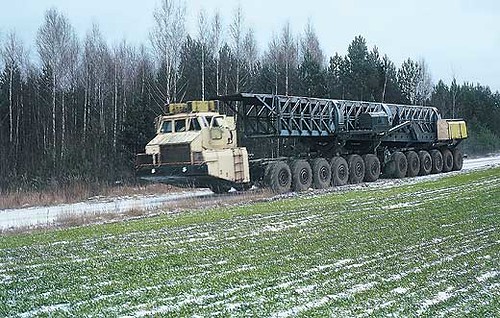


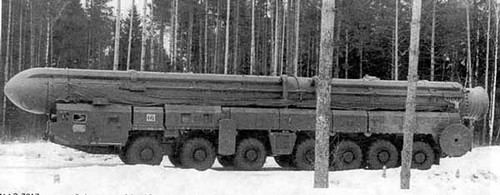
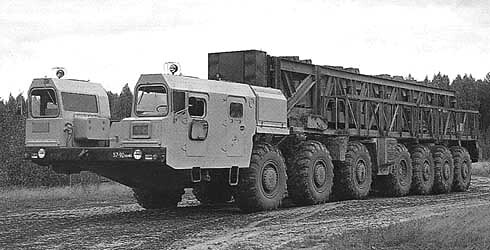
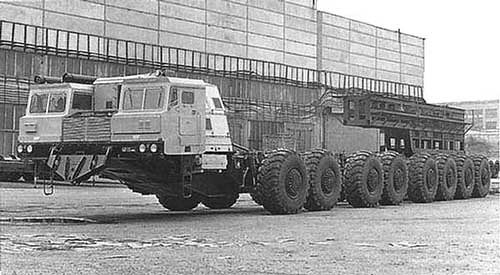
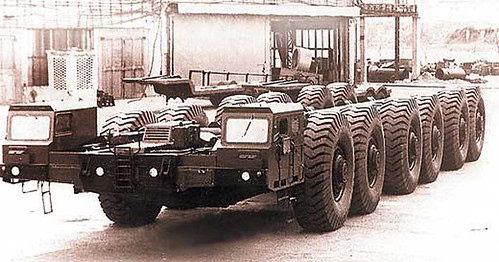
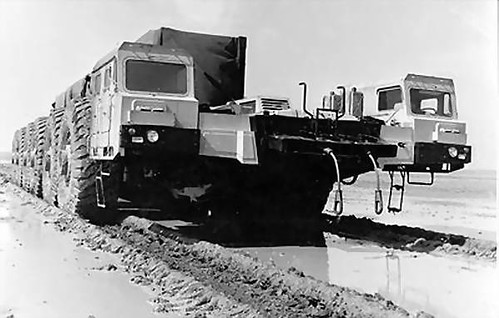
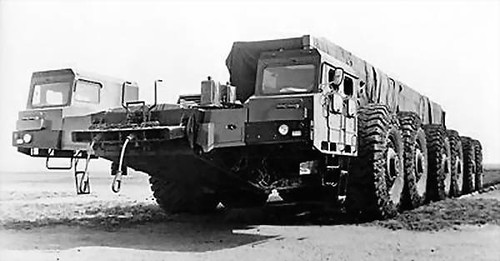

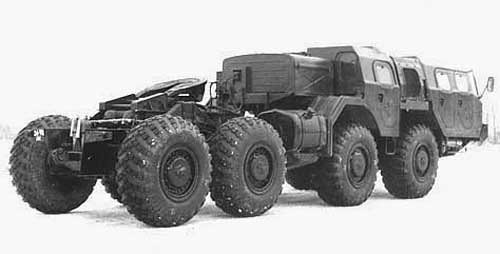

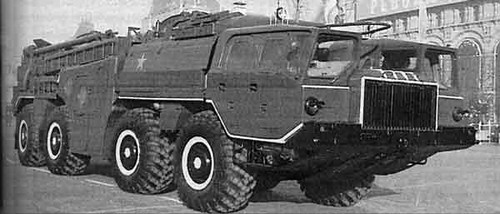
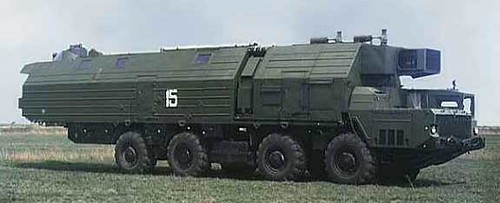
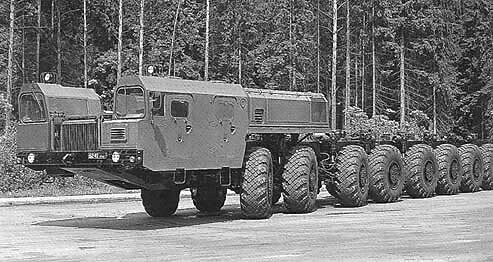

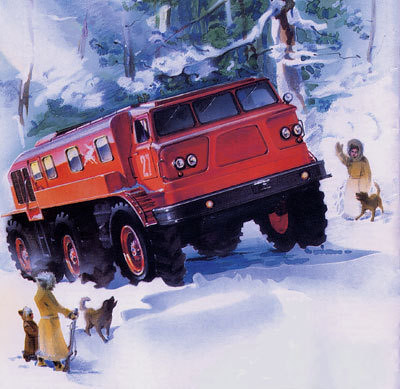
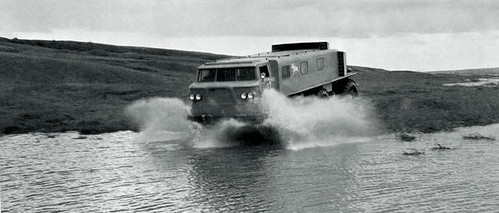









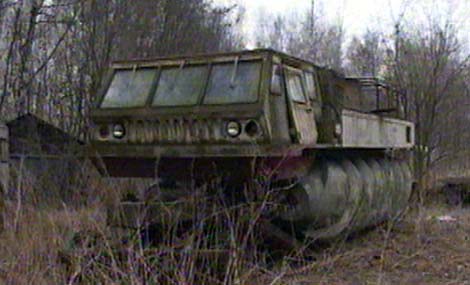
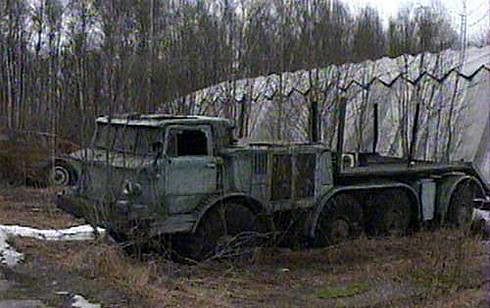
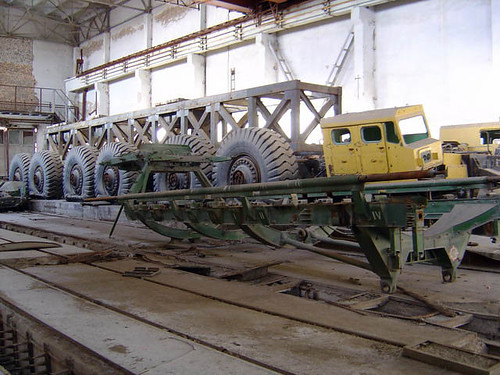








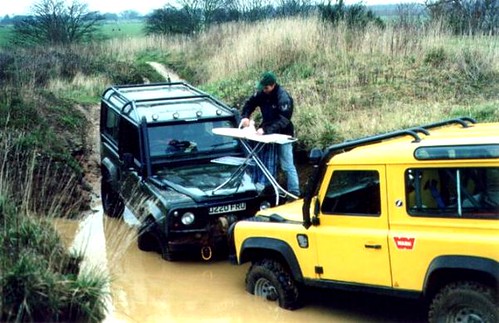

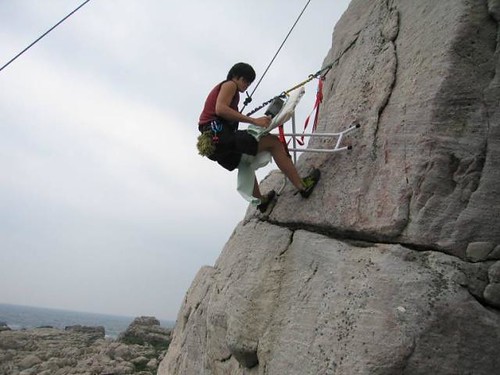


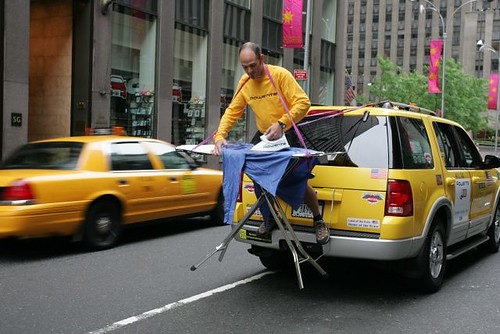
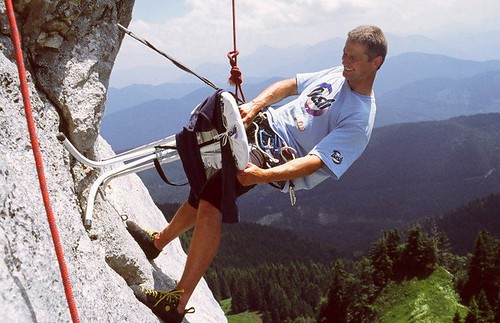

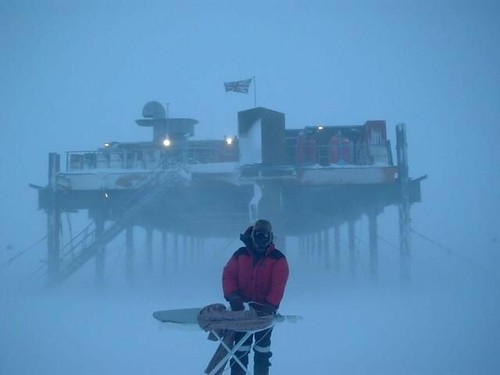



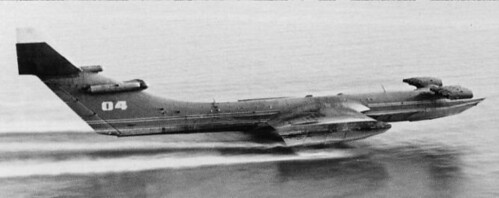
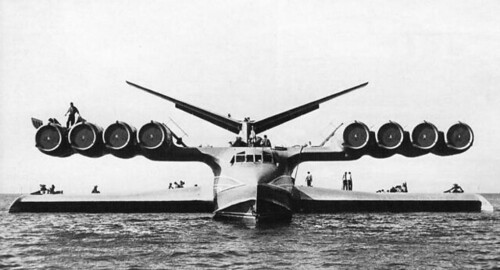
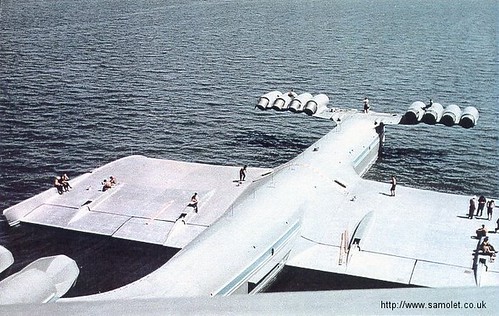
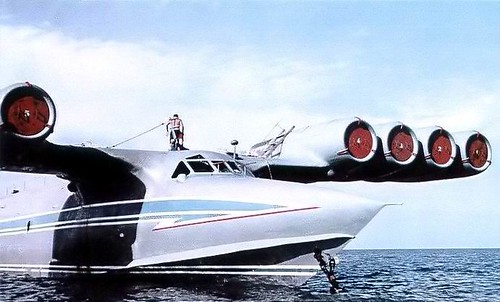
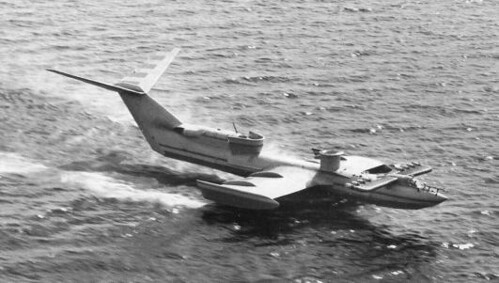
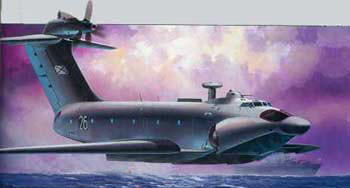
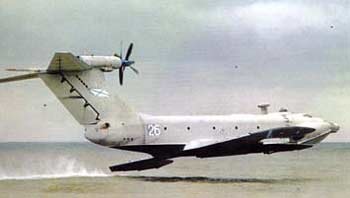
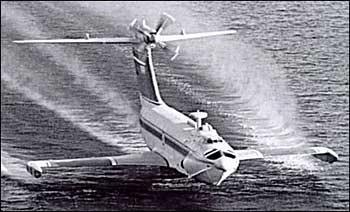
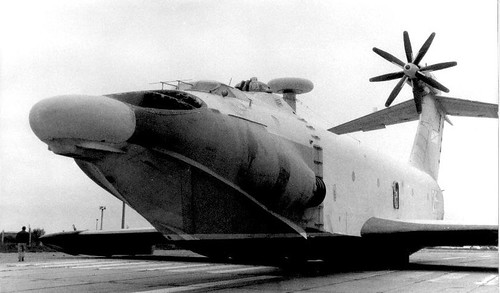

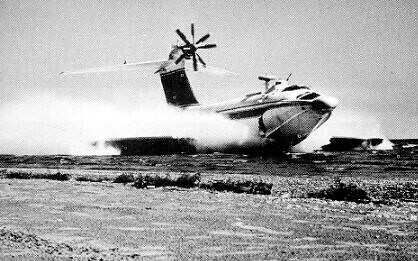
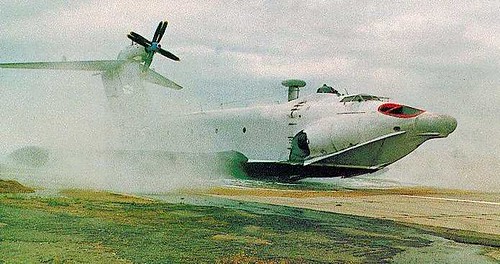
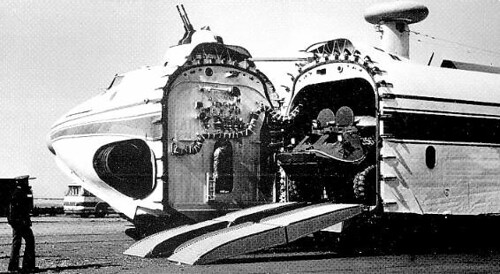
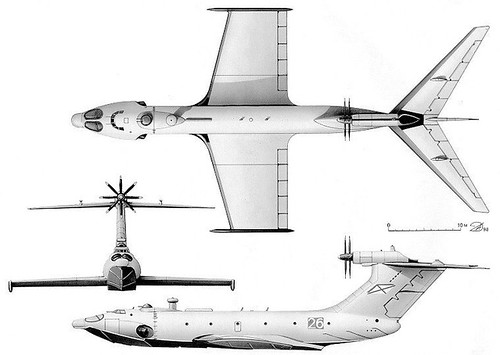








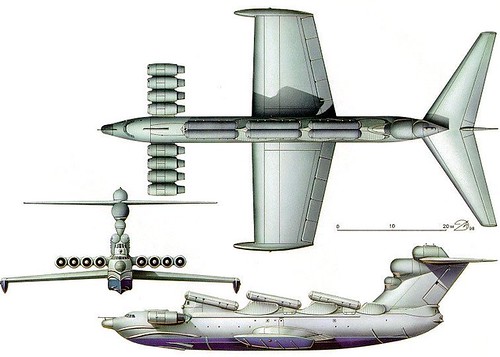



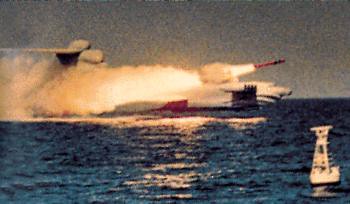



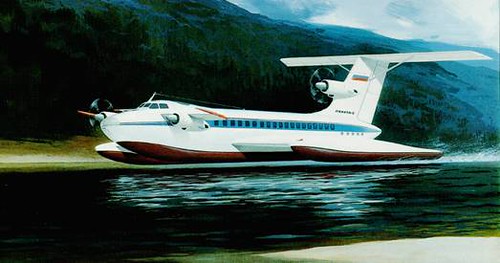
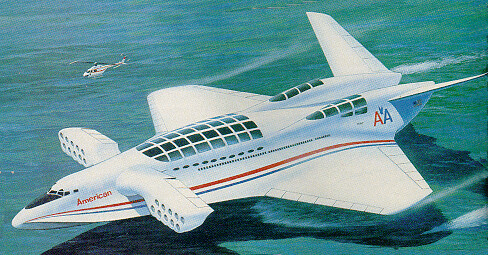
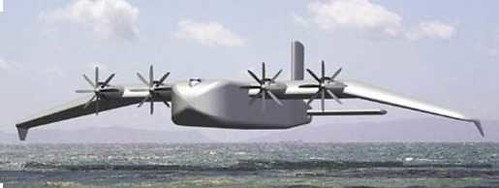
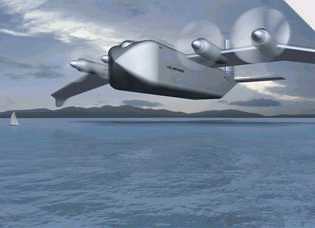
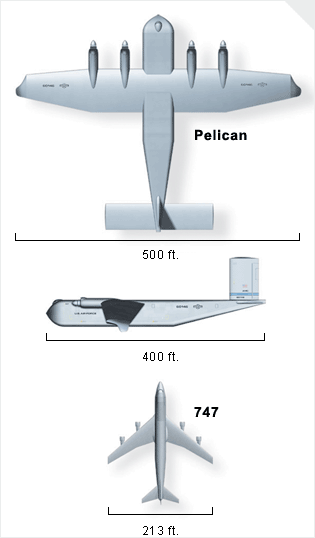
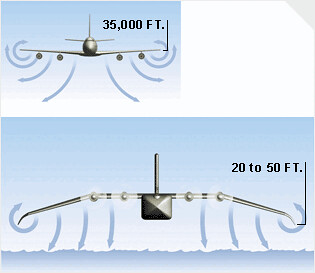


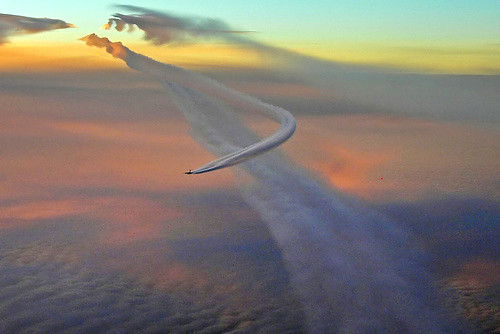
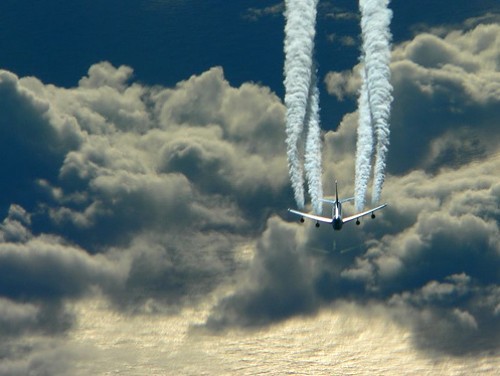

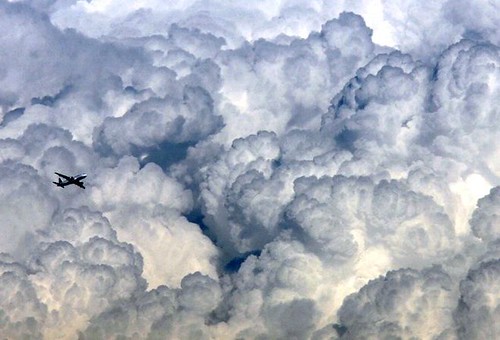






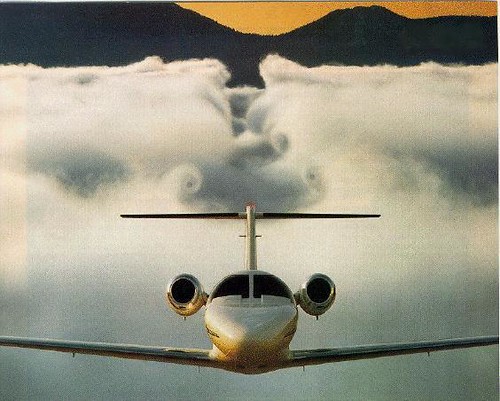
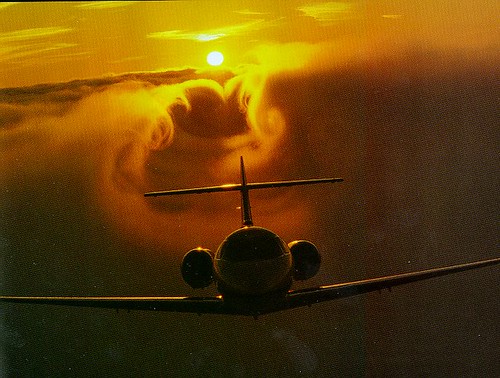
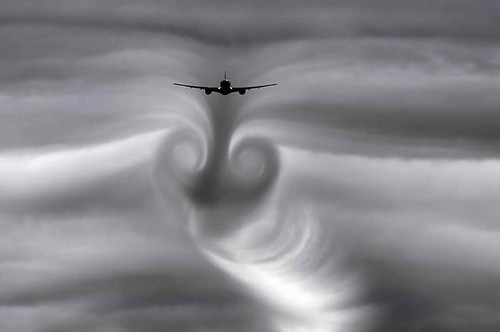

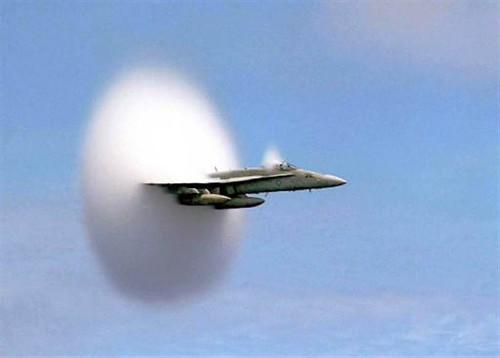

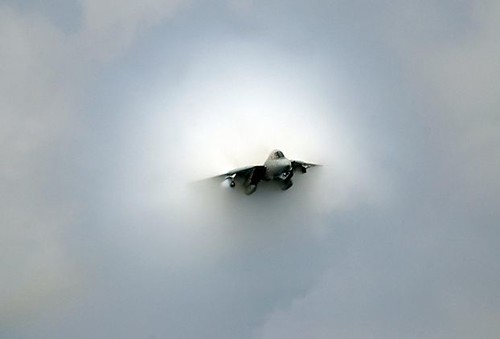

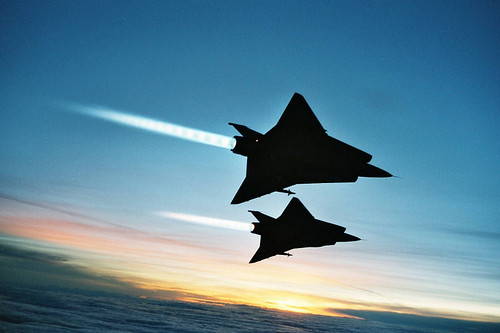
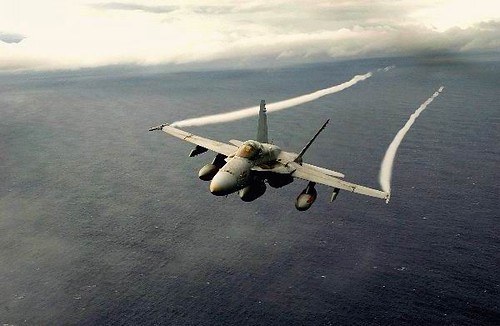
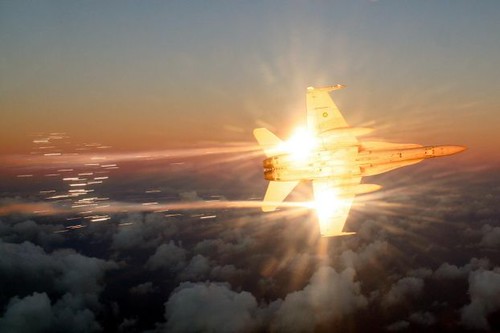
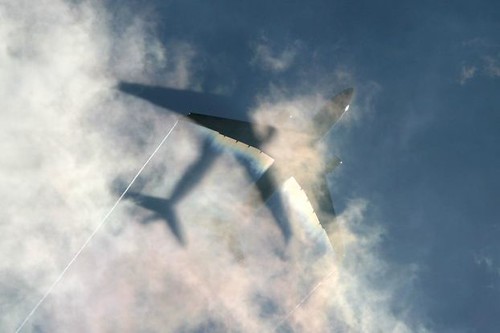
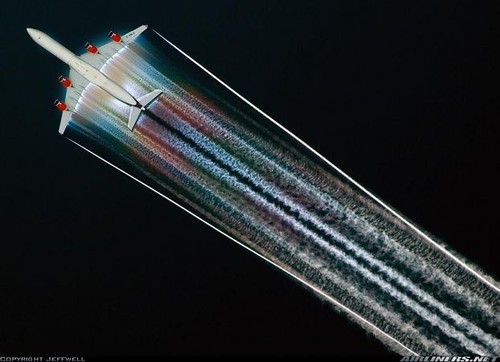































































![[1.jpg]](http://lh3.ggpht.com/abramsv/SNdTPzL4LKI/AAAAAAAAfcs/2EUBz2a3z8A/s1600/1.jpg)
![[3.jpg]](http://lh5.ggpht.com/abramsv/SNdTQcSQfHI/AAAAAAAAfdE/zckJFxCpsLI/s1600/3.jpg)
![[2.jpg]](http://lh4.ggpht.com/abramsv/SNdTQOeg7OI/AAAAAAAAfc4/W7MEnw7a5Gk/s1600/2.jpg)
![[wertewrtwertwerterterwer.jpg]](http://lh5.ggpht.com/abramsv/SNdW59oK3bI/AAAAAAAAfe8/15wTbbAYSJ4/s1600/wertewrtwertwerterterwer.jpg)
![[e345yeryftghfg.jpg]](http://lh4.ggpht.com/abramsv/SNdW6DE4baI/AAAAAAAAffI/smS14otylw8/s1600/e345yeryftghfg.jpg)











